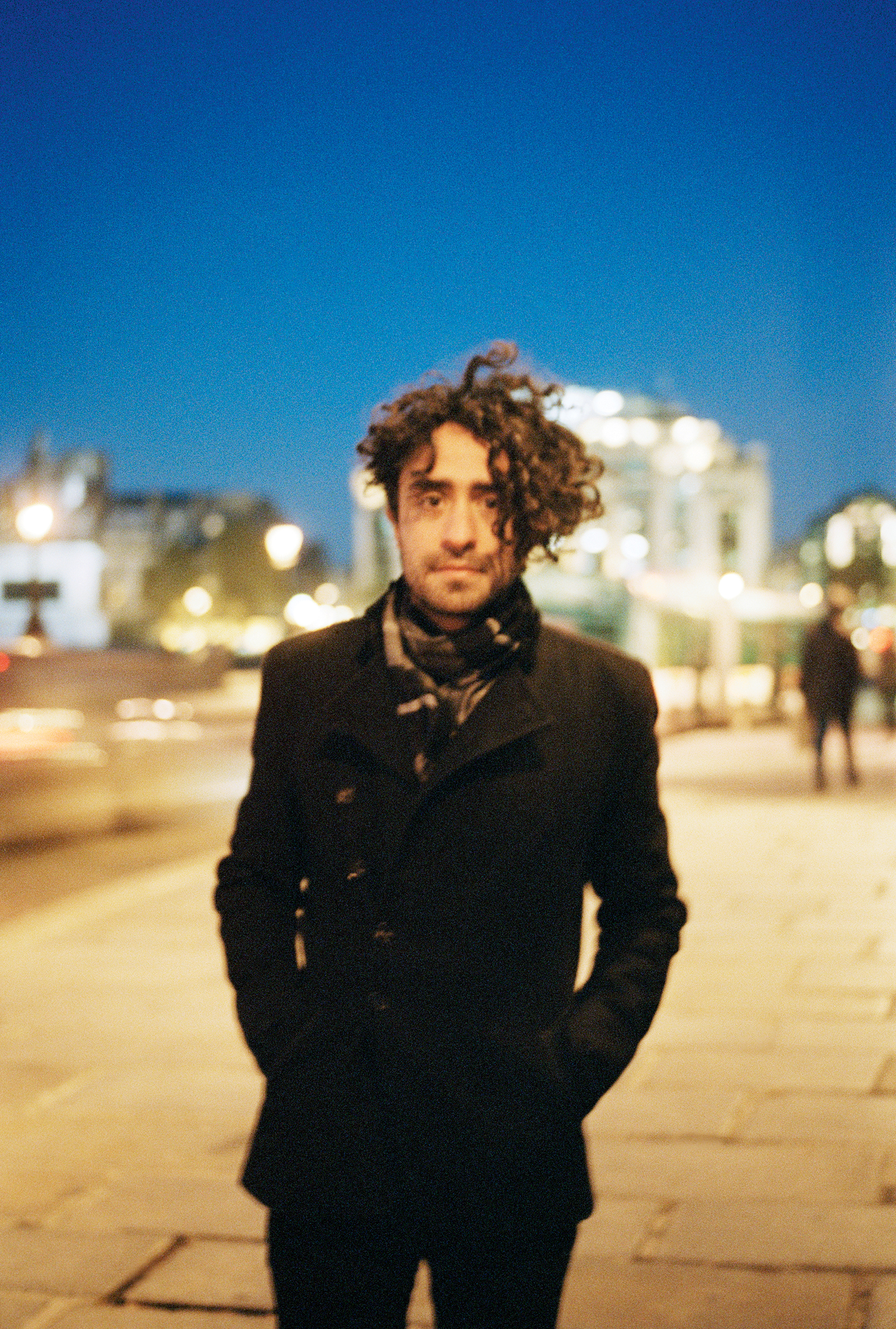Purple Magazine
— S/S 2014 issue 21
Aron Morel
 Aron Morel
Aron Morel
independent book publisher
interview by BILL POWERS
portrait by GIASCO BERTOLI
BILL POWERS — Are there independent publishers that have influenced you?
ARON MOREL — In the early days the zines and small artists’ books produced by the Swiss publisher Nieves awed me. I had one of their early zines, by Larry Clark, and remember pulling it out in front of him after he’d just released a large, hardback coffee-table book. Somehow the zine meant so much to him. This was definitely an inspiration as I realized that artists were mad about simplicity. Moments like that made everything possible for me!
BILL POWERS — What about older books or other styles?
ARON MOREL — Undoubtedly another inspiring part is the potential and power of self-published books — from handmade books by William Blake, produced in editions of maybe a dozen, to the little…